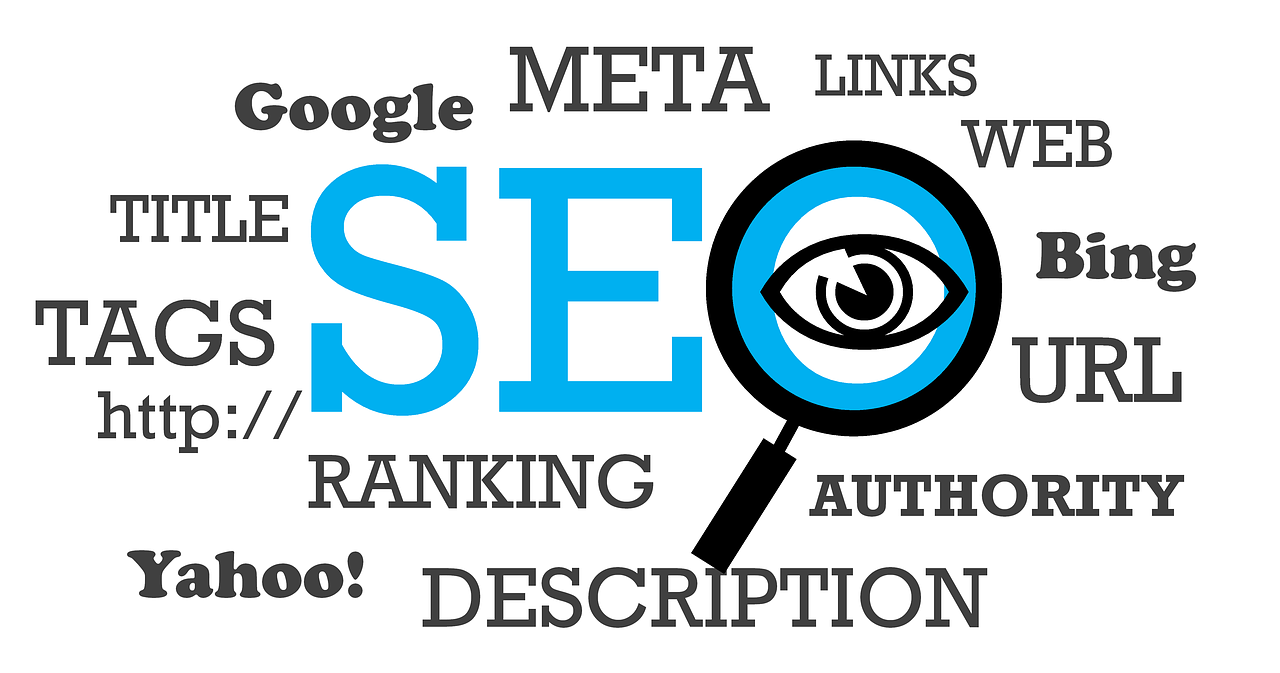our services

Data Benchmarking
Data benchmarking involves comparing your website’s performance metrics against a set of standards or against your competitors. In the context of SEO, it means analyzing key performance indicators (KPIs) to assess your website’s visibility, ranking, and overall performance on search engines. But why is it crucial?
- Identifying Strengths and Weaknesses: By benchmarking your data, you can pinpoint what you’re doing right and where you’re falling short. This insight is invaluable for formulating effective SEO strategies.
- Setting Realistic Goals: Benchmarking helps in setting achievable and ambitious goals. Knowing where you stand allows you to set clear objectives for improvement.
- Tracking Progress Over Time: Regular benchmarking allows you to monitor your progress over time, giving you a clear picture of how your strategies are performing.

On Page SEO
On-page SEO is essential for improving a website’s visibility and user engagement. It involves optimizing web pages, including their content and HTML source code, to rank higher in search engines. Key aspects include creating quality, keyword-optimized content, using effective title tags and meta descriptions, and structuring content with proper headings. It’s also crucial to have SEO-friendly URLs, optimize images and multimedia, implement a strategic internal linking system, and ensure the site is mobile-friendly and fast-loading. Social sharing can also indirectly boost SEO. Continuous learning and adapting to SEO trends are vital for maintaining search engine relevance. This guide provides a foundation for enhancing a website’s on-page SEO, covering everything from content creation to technical optimization, to improve overall search engine performance.

Website Audit
A Website Audit is a thorough examination aimed at identifying areas for improvement across SEO, content, usability, performance, and security to enhance a site’s health and effectiveness. It involves:
- SEO Audit: Checking both on-page and off-page elements to improve search visibility.
- Content Audit: Assessing content quality and relevance to optimize it for reader engagement and SEO.
- Usability Audit: Evaluating the site’s design and navigation to ensure a positive user experience.
- Performance Audit: Analyzing site speed and performance across devices, offering solutions for optimization.
- Security Audit: Reviewing the site’s security measures to protect against threats.
- Accessibility Audit: Ensuring the site is accessible to users with disabilities, adhering to WCAG guidelines.
Keep your target audience in mind, and keep it simple.